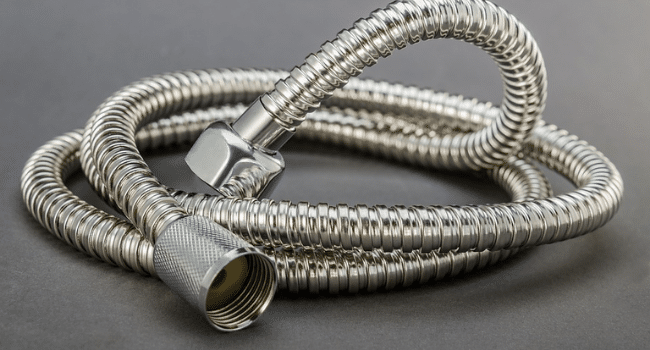Table of Contents
Steel pipes and tubes are traditionally used in construction to reduce the cost of home building. But did you know that they have other uses? This blog post goes over steel pipes and tubes’ many benefits, including how it directly affects your home’s heating efficiency.
What are steel pipes and tubes used for?
Steel pipes and tubes are primarily used in water, gas, oil, and heating applications. Their unique design allows them to stand up to the harshest of conditions – this includes bending, support from internal or external walls, and resisting corrosion.
Steel pipes and tubes are used in a variety of applications for transportation, power, and industry. They can be found at almost every level of the manufacturing process from raw material to finished product. One good manufacturer of finished Steel Pipes & Tubes in Newzel Industries. Their Steel pipes and tubes can also be used as reinforcement rods or to create circular shapes for fabrication purposes.
Reasons why steel piping is better than iron or copper
When it comes to steel, no metal has a higher value than this one. Steel is the cheapest metal that is durable and strong enough to be used for building anything. Even though iron and copper are cheaper metals, they don’t last as long as steel does. Steel also has a lower weight per unit volume than its competitors. Steel pipes and tubes are used for transporting water, sewage, steam, natural gas, oil, chemicals, and other materials. They are typically made from iron or steel. Steel pipes and tubes can be joined together with threading to create a pipeline. They also have a specific shape depending on their use.
Benefits of using steel for pipelines
Steel is a metal, and as such it is great for providing stiffness and strength. Steel also has a low density which provides more flexibility in providing support for infrastructure. Due to its properties, steel is used heavily in industry and construction. The use of steel has many benefits in building a pipeline. For example, it is a superior material when compared to other materials such as plastic, which can be easily damaged by impact, and can’t withstand the pressure of the water. Steel also lasts longer than other materials, which makes it more affordable.
How to install steel piping
You can install steel piping by using the following steps:1. Start with the water pipe itself. Ensure that it’s not kinked or damaged, and if not, then follow the manufacturer’s instructions on how to prepare it for installation.2. Open access panels in the wall or ceiling to expose wiring and plumbing fixtures. On masonry walls you will need to cut openings using a diamond-tipped saw or drill bit.3. Locate your steel pipes, typically eight inches long by two inches in diameter at their widest point, which are typically available at any hardware store that sells plumbing supplies; make sure they’re threaded on both ends for this specific job; also make sure that they meet municipal code requirements for use as
Conclusion
For all the reasons we mentioned in this article, steel tubes and pipes are better than plastic. FastMetals pipes can be purchased online and they offer a variety of thicknesses and weights. Companies will usually change over to the steel pipe and tube because it is a lot cheaper and is more durable than plastic pipes.
Read more on KulFiy
Basic things to know about Stainless Steel Pipes
